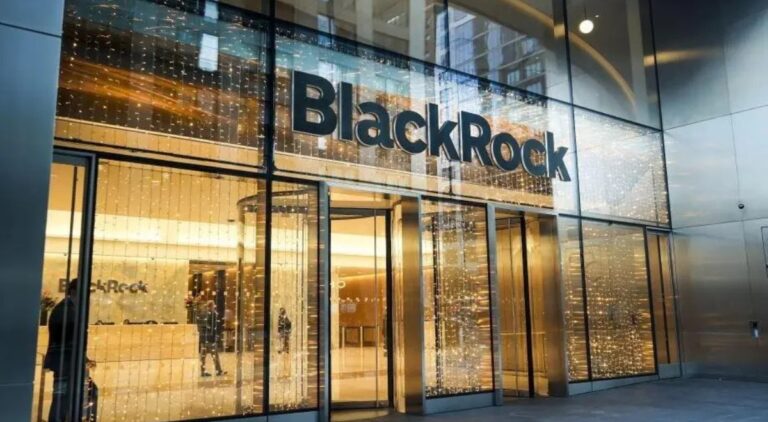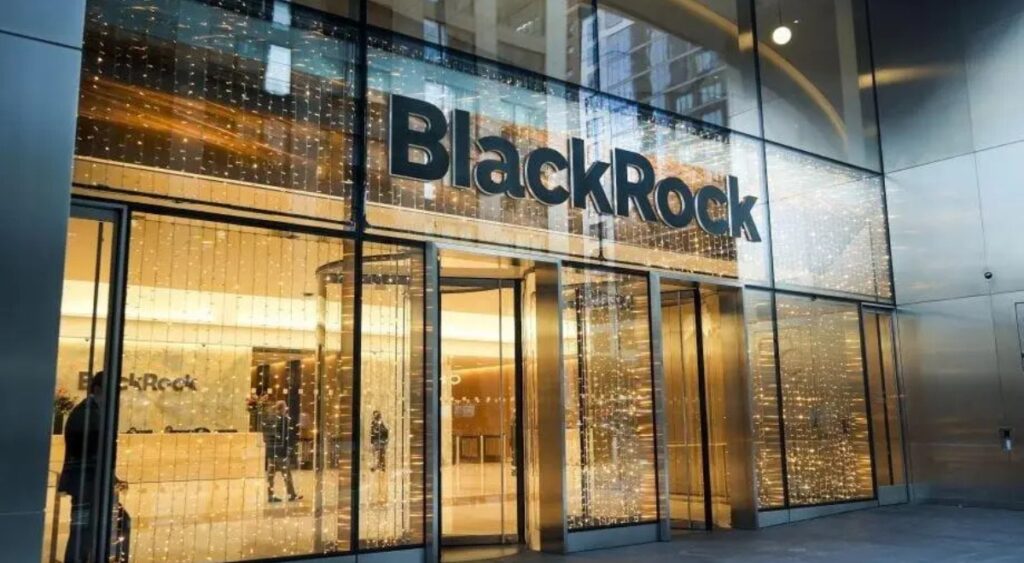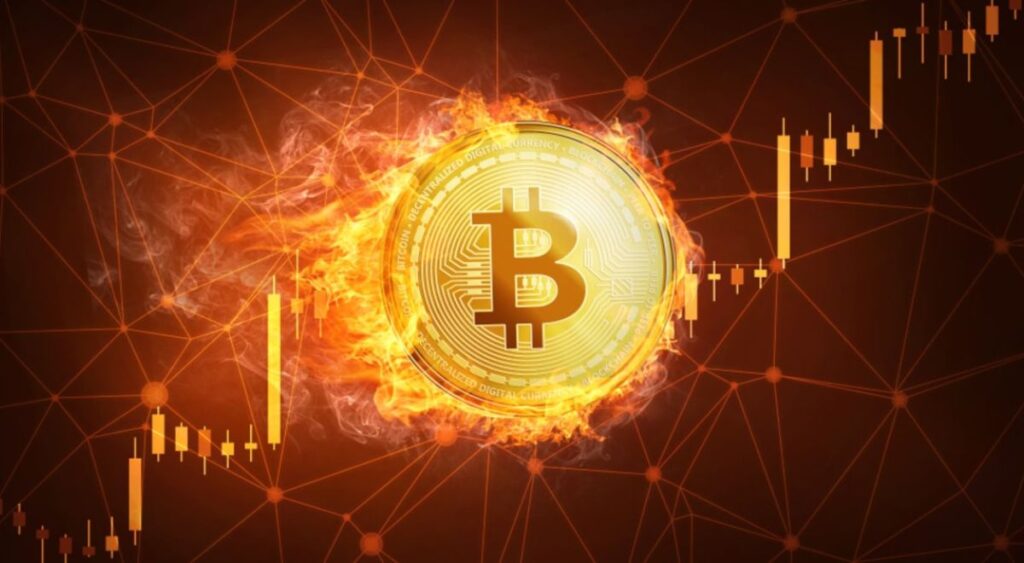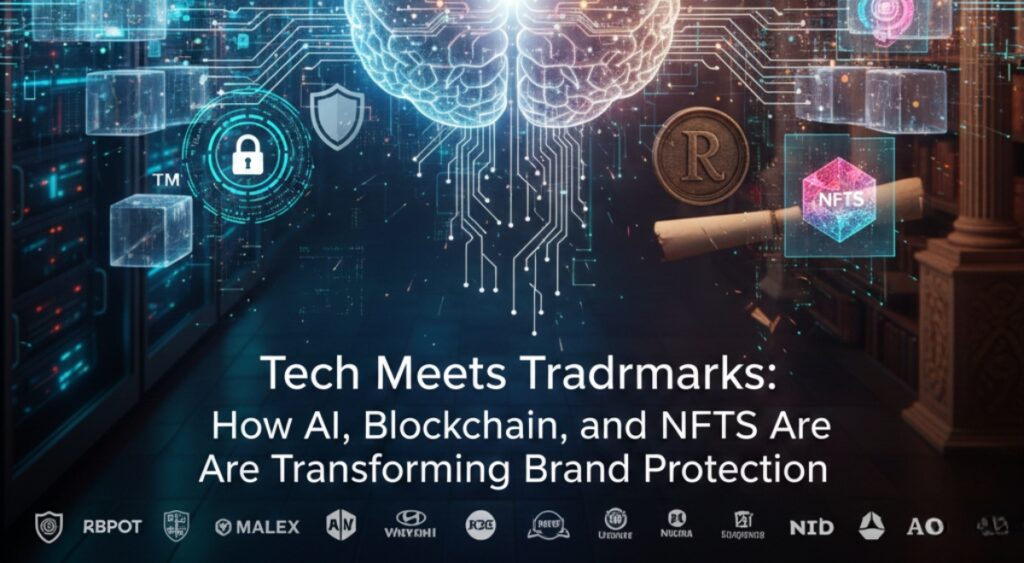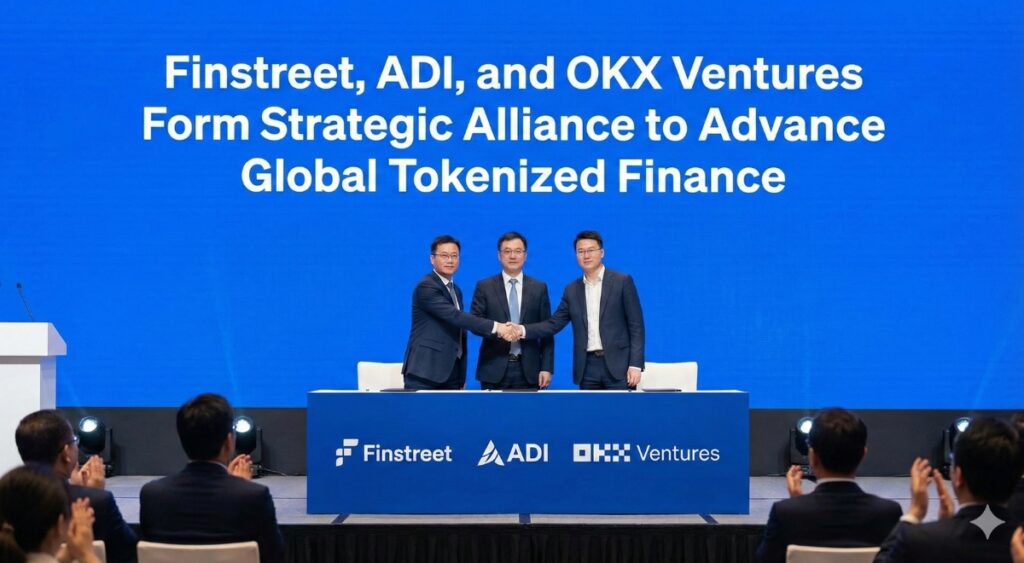Literary NFTs are creating a world where authors and their audiences can collaborate to create value together. Below we will look athe at the fundamentals of literary NFTs in this post, along with some possible advantages.
What are Literary NFTS?
Literary NFTs represent literature represented through non-fungible tokens (NFTs). NFTs present a promising new business model for an industry poised for transformation. While national geographies often impose digital experience limitations, theoretically, digital media presents boundless possibilities, allowing for more adaptable publishing formats. Poets or writers crafting short stories no longer require extensive back catalogs to warrant publication. NFT novels could potentially revolutionize Web2’s fleeting attention span by introducing new forms of serialization and fostering a culture of “slow” reading, given the NFT’s embrace of discrete digital entities.
Web3 created a world where publishing can come in multiple languages. Essays, novels, poetry, plays, and short stories can all be cherished and collected akin to cryptographic artworks due to their rarity, intellectual significance, and distinctive nature, despite being available in multiple editions.
Certainly, there exist individuals who perceive the prevalence of non-physical digital media as potentially diminishing the uniqueness of visual art, if not rendering it insignificant. However, in contrast to many physical objects, digital items can be showcased in a broader array of formats and maintain exceptional preservation over extended periods. Consequently, a literary NFT embodies a fortified talismanic influence. It creates excellent value for readers in innovative ways, particularly through the inclusion of creative elements beyond the written word, such as sound and graphics.
Changes Literary NFTs Come with
Literary NFTs provide writers and authors with a new opportunity to monetize their creations and attain ongoing royalties, sidestepping the need for a traditional publisher. Unlike traditional publishing structures that commonly offer royalties ranging from 30% to 70%, authors utilizing blockchain platforms like NFTBOOKS can potentially secure up to 95% of sales earnings.
Also, literary NFTs create a world where artists and creatives can have direct communication with the audience. What kinds of benefits to provide NFT holders is ultimately up to the creator. While some NFTs might act as a pass to an exclusive fan club or to exclusive book signings, others can provide owners direct access to the inventor. Some artists even employ on- and off-chain voting suggestions to let their audience vote on how the work should go.
For readers and collectors, owning a Literary NFT signifies exclusive and authenticated ownership of a literary masterpiece while directly backing the creator. It stands as a remarkable avenue to engage with literature and actively contribute to the success of cherished authors.
Takeaways
Literary NFTs provide everyone—writers, readers, and collectors—the opportunity to be in a thriving community and support the work they love. There are numerous potential use cases for NFTs within the literature. Some of these changes include safeguarding digital rights, establishing digital marketplaces, and preserving the authenticity of literary works. If more companies in the space literature and publishing world embrace NFT and blockchain apps, the literature industry can undergo a revolution empowered by these companies’ exceptional NFT development offerings.


